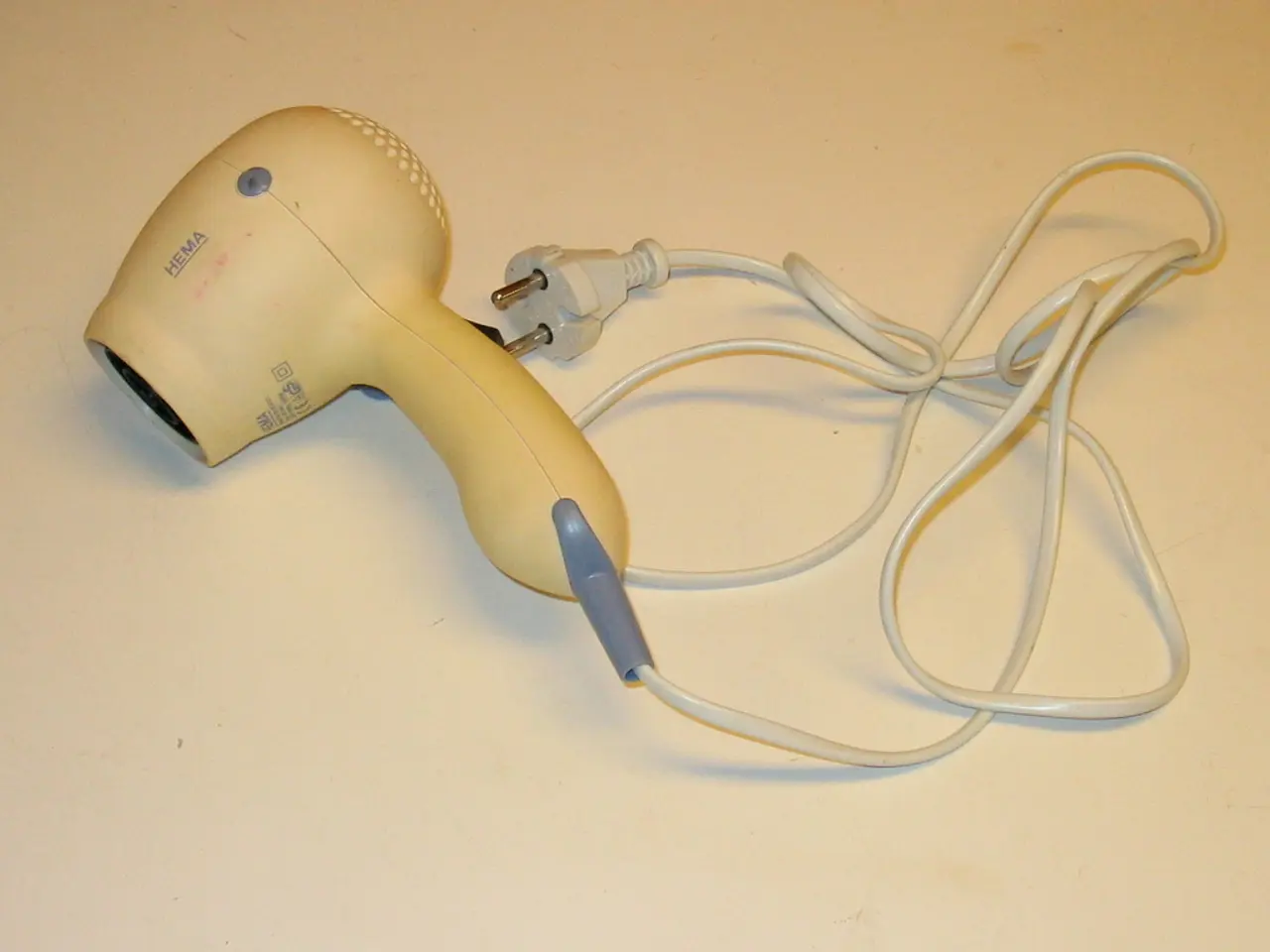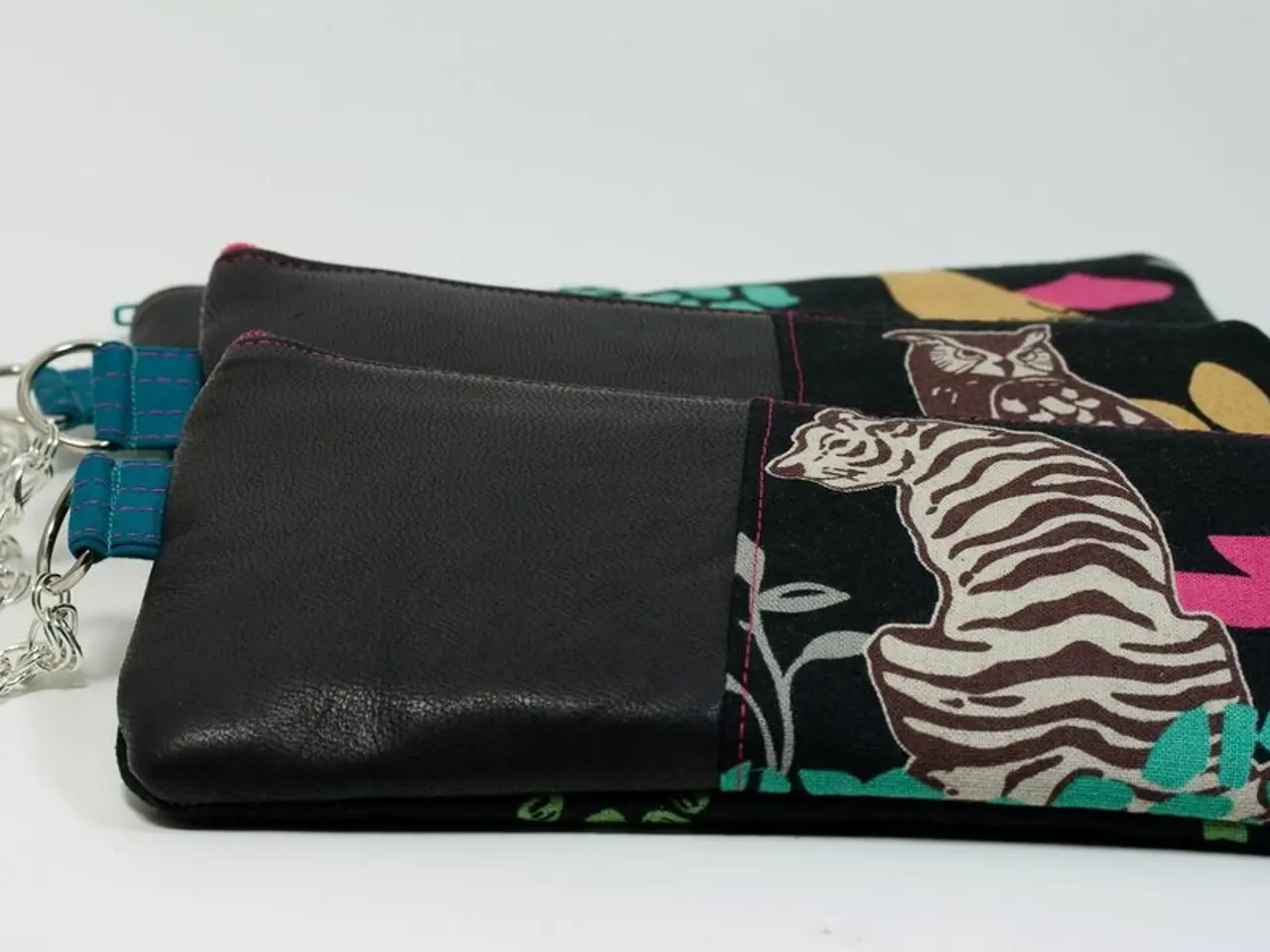Contemplating the purchase of a filament dryer for your 3D printer? Here's what you need to know.
In the world of 3D printing, maintaining the quality of your prints is paramount. One often overlooked factor that can significantly impact print quality is the moisture content in filament spools, particularly for materials like PLA. This article explores the importance of filament dryers, proper storage methods, and the role of trusted brands in keeping your prints top-notch.
Filament dryers are standalone devices designed to remove moisture from filament spools by heating them up. These devices range in price from premium to super affordable, with some options under $50 / £50, such as those offered by eSUN. For those seeking a compact and affordable option, the Space Pi filament dryer by Creality is a popular choice.
On the higher end of the spectrum, the SUNLU FilaDryer E2, priced at $349.99 / £282.42, offers next-generation drying temperatures between 70°C and 110°C. The SUNLU FilaDryer E2 accommodates up to two 1kg spools of material and is designed for advanced engineering hygroscopic materials like Nylon and PC. Notably, it also features an annealing mode, which can improve dimensional accuracy and enhance mechanical properties of prints. SUNLU, a trusted manufacturer of 3D printing accessories and materials, offers several filament dryers in its catalogue, including the S2, S4 FilaDryer, and the new SUNLU FilaDryer E2.
Damp filament can cause defects such as stringing, bubbles, rough edges, inconsistent extrusion, fragility, and poor layer adhesion in prints. To prevent these issues, the best methods include using an airtight filament dry box with desiccants, actively drying filament that is already damp by heating it at appropriate temperatures, and avoiding storing filament simply in non-airtight containers.
Storing filament in an airtight container with desiccants like silica gel packets aims to maintain humidity below about 15%. Many DIY filament dry boxes involve sealing the spool in a container with desiccant and PTFE tubing to feed filament during printing. A hygrometer can monitor moisture level inside the box to ensure optimal dryness.
Actively drying filament that is already damp by heating it at appropriate temperatures for the filament type (e.g., PLA at ~45℃ for 3-5 hours, PETG at ~65℃ for 6-8 hours, Nylon at ~70℃ for 8-12 hours) removes moisture absorbed during storage or exposure to humid air before use. This step is crucial in maintaining the quality of your prints.
Recognizing the importance of dryness for print quality is essential. Moist filament causes bubbling, popping noises, stringing, rough surface finish, weak layers, and can lead to print failures. Dry filament improves layer adhesion, surface smoothness, and mechanical strength.
Some 3D printer models, such as the Bambu Lab H2D, are shipping with advanced AMS (automated material system) units that have built-in filament drying functionality. Similarly, the Anycubic's Kobra S1 Combo printer was one of the first to include an ACE Pro unit with simultaneous printing and drying functionality.
While some 3D printing groups and communities online dismiss wet filament issues, suggesting that they can be solved with software and printer tweaks, a proactive approach to filament management is recommended. By actively drying filament that is damp with controlled heat, storing it in an airtight dry box with desiccants, monitoring humidity, and avoiding exposing filament to humid air as much as possible, you can minimize moisture absorption and prevent print defects linked to damp filament.
In summary, the combined approach that yields the best filament moisture control is to first actively dry filament that is damp with controlled heat, then store it in an airtight dry box with desiccants, monitor humidity, and avoid exposing filament to humid air as much as possible. This minimizes moisture absorption and prevents print defects linked to damp filament.
[1] Source: All3dp.com, "The Ultimate Guide to Filament Dry Boxes for 3D Printing" [2] Source: 3DPrint.com, "The Importance of Drying 3D Printing Filament" [3] Source: MatterHackers.com, "3D Printing with Filament Dryers" [4] Source: Creality3DOfficial, "Space Pi Filament Dryer" [5] Source: eSUN, "eSUN PLA+ Filament Dryer"
- The SUNLU FilaDryer E2, a filament dryer from a trusted brand, offers advanced temperature settings to remove moisture from filament spools, improving print quality.
- Properly drying damp filament is crucial for maintaining the quality of 3D prints, as it can prevent issues like stringing, bubbles, and weak layers.
- To prevent moisture absorption, storing filament in an airtight dry box with desiccants and actively monitoring humidity levels is advised.
- Some 3D printer models, like the Bambu Lab H2D, come with built-in filament drying functionality to ensure high-quality prints.
- For affordable options, there are standalone devices like the Space Pi filament dryer by Creality, designed to remove moisture from filament spools.
- Beyond the use of filament dryers, maintaining a creative and attentive approach to filament management, including storage and humidity control, can significantly improve the overall quality of your 3D prints. And don't forget about the role of UI, UX, and color in your 3D printed gadgets to make them more appealing - they are integral elements in the world of technology and art.




